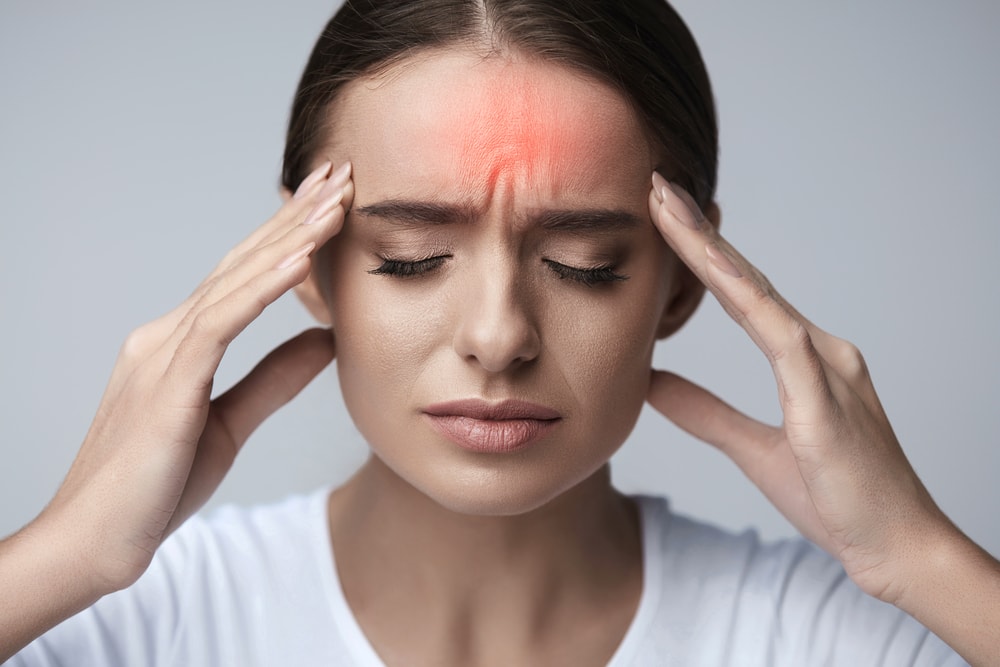Migraines are more than just severe headaches. They’re a complex neurological condition that affects nearly 30 million Americans every year. Despite their prevalence, many migraine sufferers go undiagnosed or misdiagnosed, often confusing their symptoms with tension or sinus headaches. According to Dr. Zulehuma Rather, a primary care physician at Bayhealth Primary Care, Eden Hill, understanding your symptoms and triggers is essential for proper diagnosis and management.
In this comprehensive guide, we’ll break down everything you need to know about migraines, from signs and triggers to effective treatments and when to consult a doctor.

What Are Migraines?
Migraines are a type of recurrent, throbbing headache that can cause intense, debilitating pain, typically on one side of the head. They often come with a variety of neurological and sensory symptoms, which can significantly affect a person’s quality of life.
Unlike regular headaches, migraines are often accompanied by nausea, visual disturbances, and heightened sensitivity to light or sound. Migraines can last anywhere from a few hours to several days, and their frequency varies from person to person.
Common Signs and Symptoms of a Migraine
Recognizing migraine symptoms early can help with quicker diagnosis and better treatment outcomes. Here are the most common signs:
Physical and Neurological Symptoms:
-
Severe, pulsating headache, often on one side
-
Pain in the neck or face
-
Scalp tenderness
-
Nausea or vomiting
-
Visual disturbances (flashes of light, blurred vision, or blind spots)
-
Dizziness or lightheadedness
-
Sensitivity to light, sound, or smells
-
Irritability or mood changes
Some people also experience a “migraine aura” before the actual headache sets in. This includes temporary vision loss, tingling in the arms or legs, or difficulty speaking.
Common Triggers That Cause Migraines
Knowing what causes your migraines can help reduce their frequency. While triggers vary from person to person, some common ones include:
Dietary Triggers:
-
Aged cheeses (e.g., cheddar, blue cheese)
-
Ice cream or cold foods
-
Processed meats with nitrates or MSG
-
Caffeinated drinks (too much or sudden withdrawal)
-
Alcohol, particularly red wine
Lifestyle and Environmental Triggers:
-
Stress or anxiety
-
Irregular sleep patterns or jet lag
-
Hormonal changes (menstruation, menopause)
-
Bright or flickering lights
-
Strong odors (perfumes, smoke)
-
Weather changes or barometric pressure shifts
Tracking your exposure to these triggers through a migraine diary or mobile app is an effective way to find patterns.
Migraine Treatment Options: What Works?
While migraines cannot be “cured,” they can be managed and reduced with the right combination of medication and lifestyle changes.
Lifestyle and Natural Remedies:
-
Identify and avoid personal triggers
-
Maintain a consistent sleep schedule
-
Eat balanced, regular meals
-
Stay hydrated
-
Practice stress reduction techniques like yoga or meditation
-
Try muscle relaxation therapy or acupuncture
Medications for Migraines:
-
Over-the-counter pain relievers (ibuprofen, acetaminophen)
-
Triptans (prescription medications that narrow blood vessels)
-
Anti-nausea medications for associated symptoms
-
Preventive medications such as:
-
Beta-blockers
-
Antidepressants
-
Anti-seizure drugs
-
Botox® injections
-
Consulting with a primary care physician or neurologist will help tailor the treatment based on your symptom profile.
When Should You See a Doctor?
Ignoring migraines or self-medicating without guidance can worsen the condition. You should contact a healthcare provider if:
-
You experience 3 or more headaches per week
-
The headache worsens or doesn’t go away
-
You use pain medications daily
-
Your daily routine is disrupted by the pain
-
The pattern or intensity of headaches changes
A proper diagnosis typically involves:
-
Reviewing your symptom history
-
A complete neurological exam
-
Possible imaging tests if other conditions are suspected
Why You Should Keep a Migraine Diary
Dr. Rather strongly encourages patients to track their migraine patterns using a diary or migraine tracking app. Here’s why it matters:
-
Helps identify personal triggers
-
Aids in confirming a diagnosis
-
Tracks how well medications and treatments are working
-
Provides better information to your doctor for ongoing care
Apps like Migraine Buddy or N1-Headache are widely recommended and easy to use.
Frequently Asked Questions:
Q1. What’s the difference between a migraine and a regular headache?
A migraine is typically more intense, lasts longer, and comes with additional symptoms like nausea, vision problems, and light sensitivity, unlike a regular tension headache.
Q2. Can migraines be cured completely?
There is no permanent cure for migraines, but they can be effectively managed through medication, lifestyle changes, and identifying triggers.
Q3. Are migraines hereditary?
Yes, genetics play a role. If a parent suffers from migraines, you’re more likely to experience them too.
Q4. What are the best medications for migraine relief?
Treatment depends on severity, but options include triptans, NSAIDs, beta-blockers, and Botox for chronic cases.
Q5. When should I seek medical help for migraines?
Seek medical help if:
-
You have frequent or severe attacks
-
Your symptoms change
-
You’re taking daily pain medication




